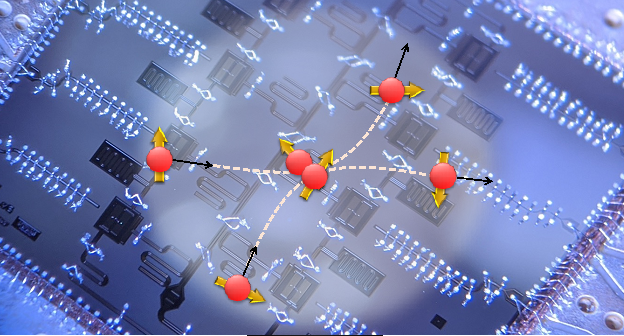
Novel Hybrid Scheme Speeds the Way to Simulating Nuclear Reactions on Quantum Computers
Classical and quantum chips combine to simulate the collision of two neutrons on a present-day quantum computer.

Classical and quantum chips combine to simulate the collision of two neutrons on a present-day quantum computer.
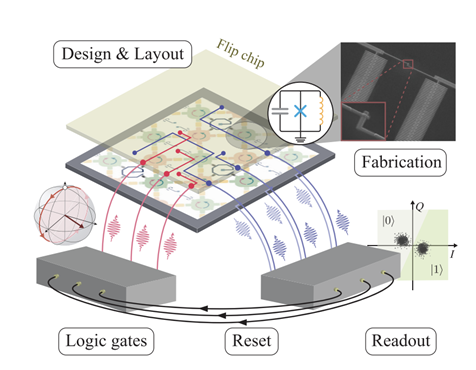
Fluxonium qubits can build cutting-edge quantum devices that will harness the potential of quantum computing.
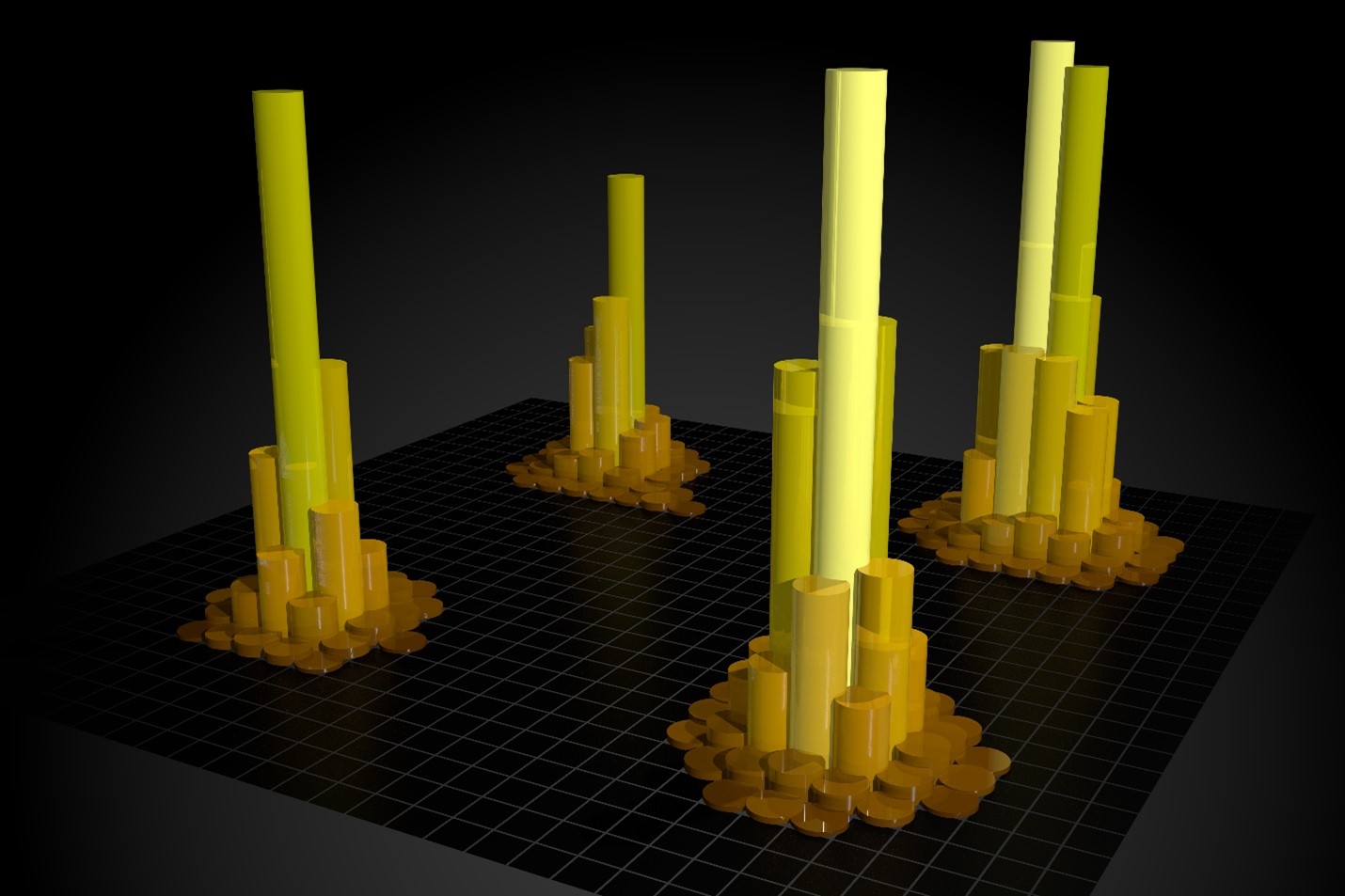
FAIR (findable, accessible, interoperable, reusable) principles facilitate the use of large data sets by human and machine researchers.
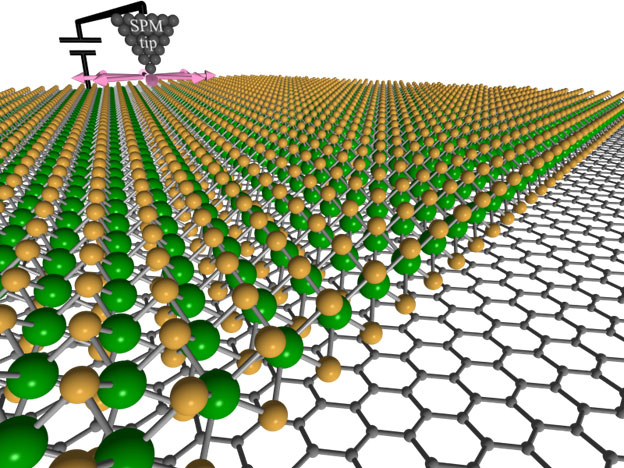
Machine learning and artificial intelligence accelerate nanomaterials investigations.
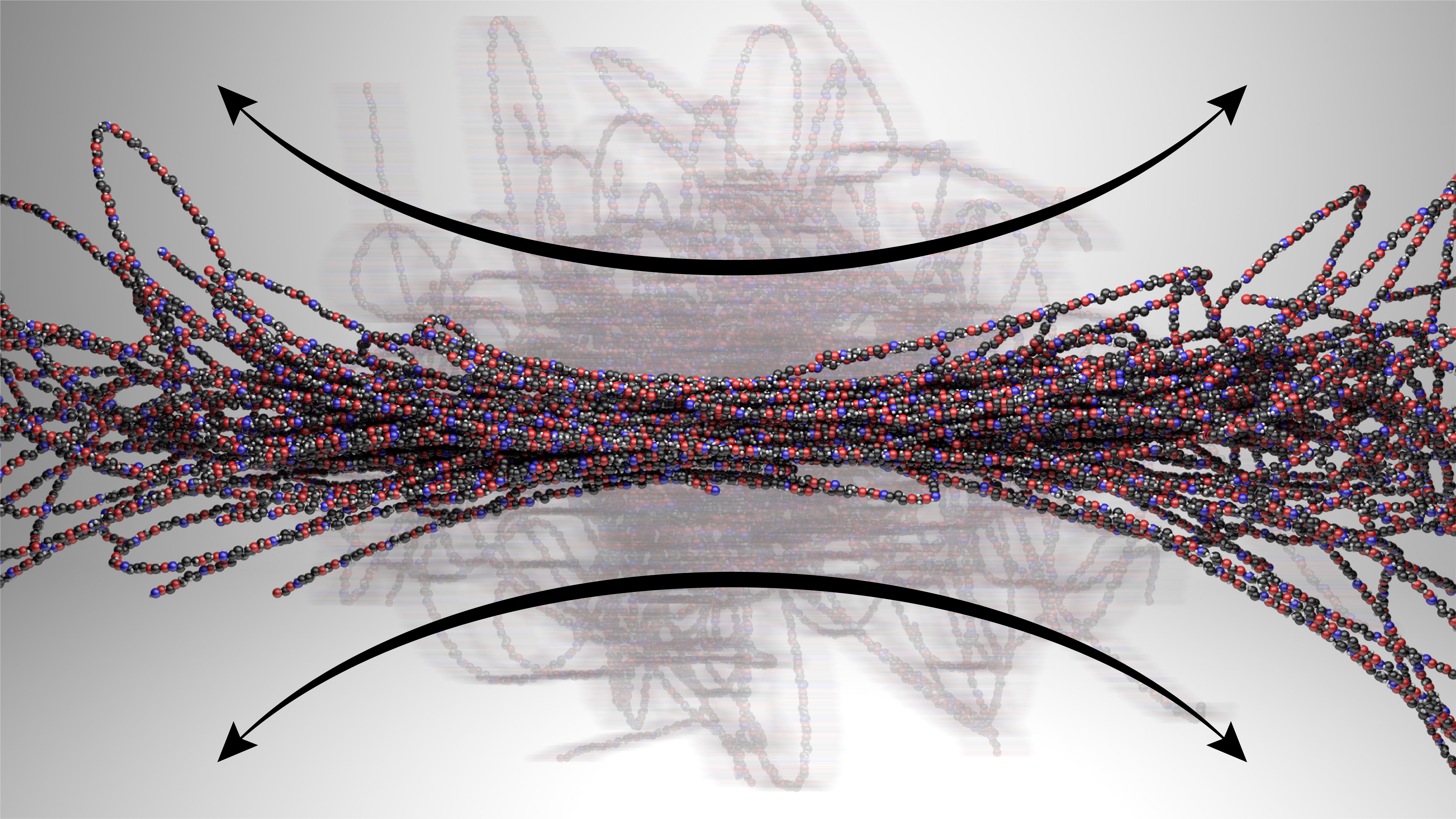
New computational methods “fingerprint” polymer motions under flow.

Scientists successfully measure high-dimensional qudits, cousins to quantum computing qubits.
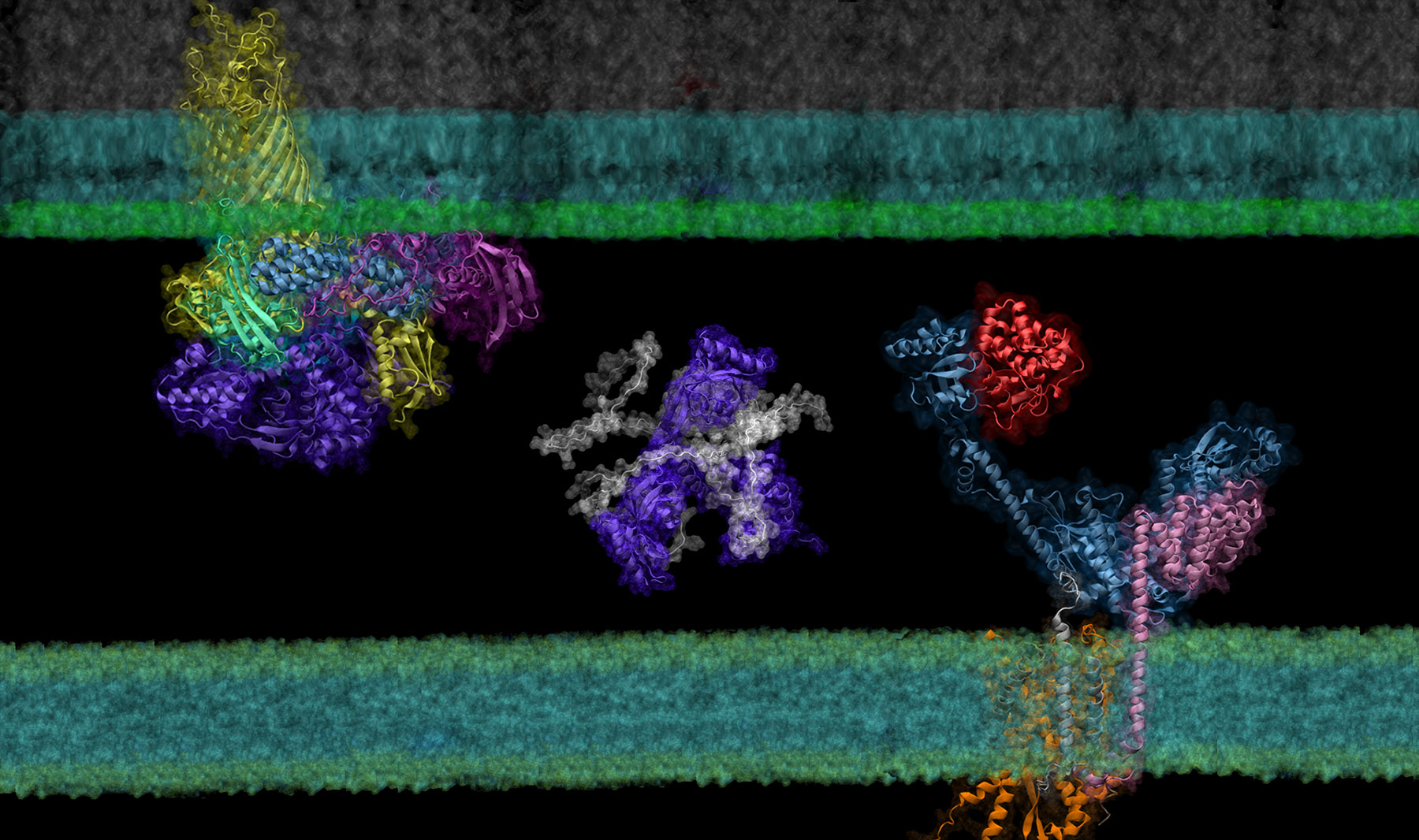
Researchers demonstrate a real-world large-scale application of deep neural network models for discovering novel protein-protein interactions.
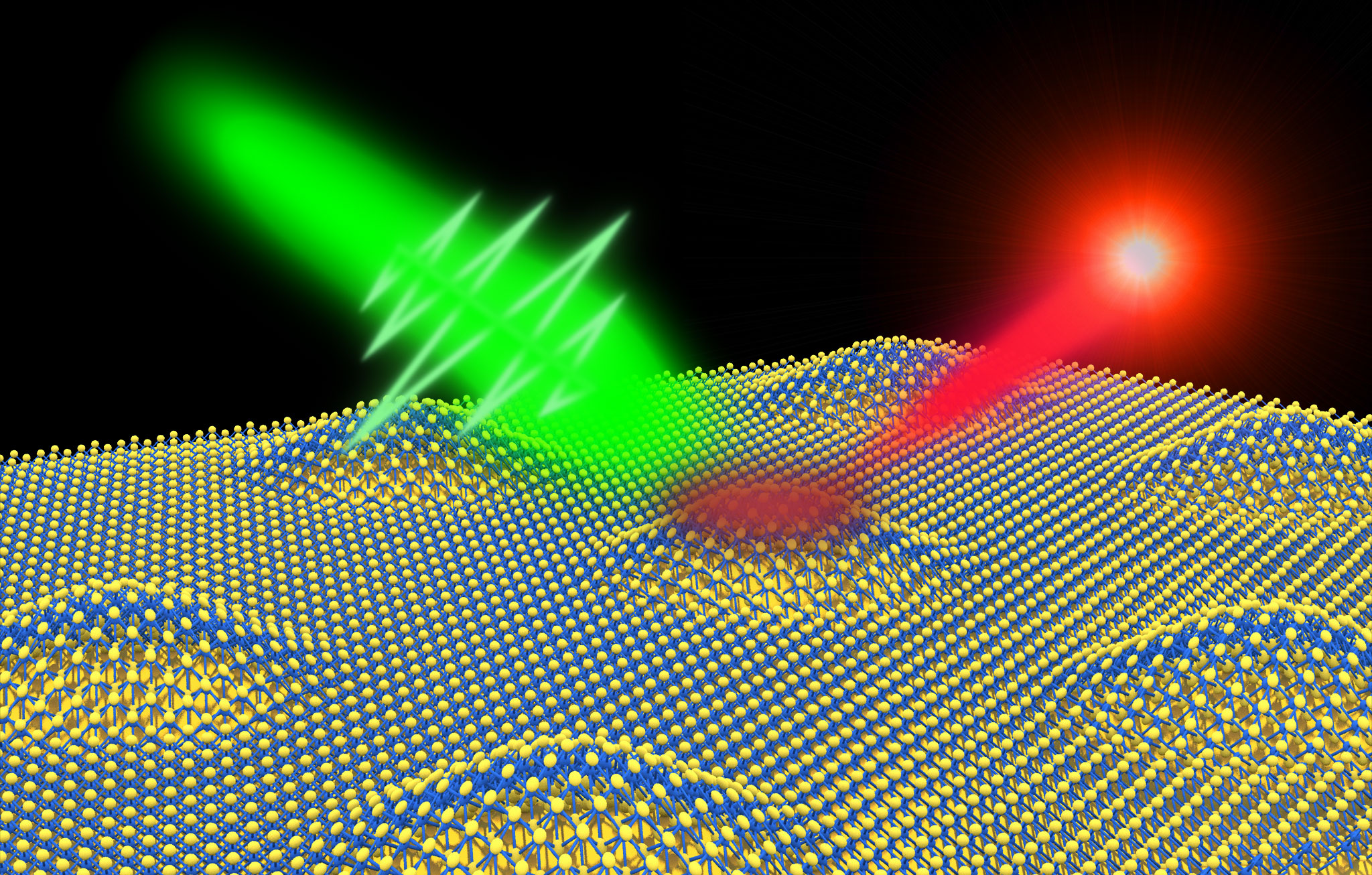
Researchers develop the first 2D telecommunication-compatible quantum light source, smoothing the path toward a quantum internet.

Long predicted by theory with support from supercomputers, this combination of neutrons advances nuclear physics
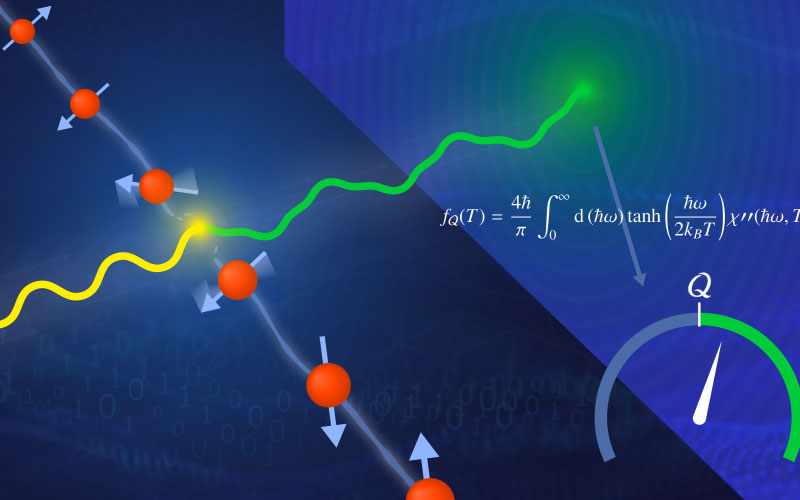
Quantum technique accelerates identification of entangled materials.
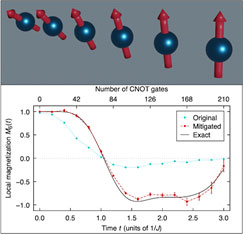
Noise estimation circuits, in conjunction with other error mitigation methods, produce reliable results for quantum computer-based materials simulations
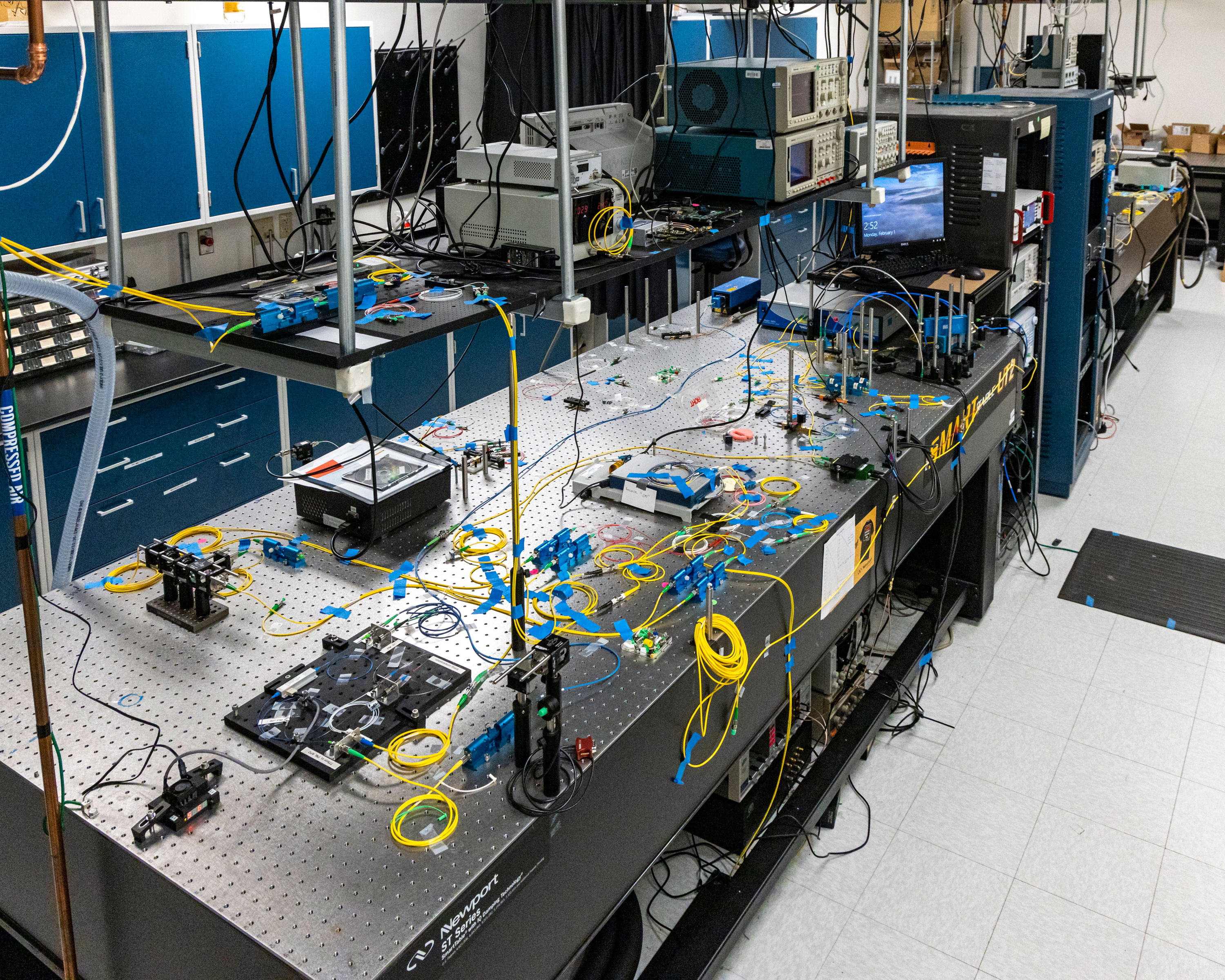
Researchers enable real-time adjustments to communication among three remote nodes in a quantum network.